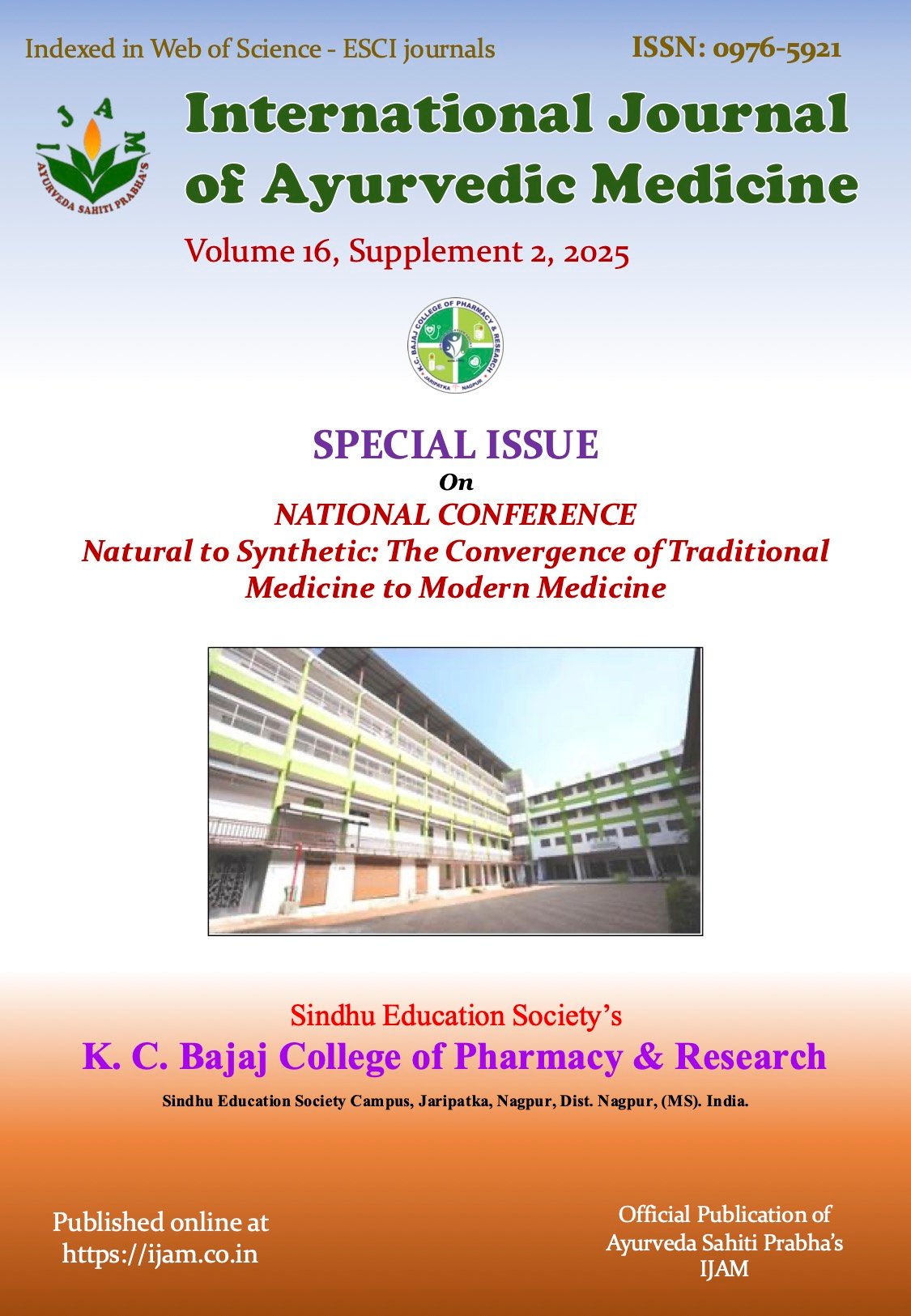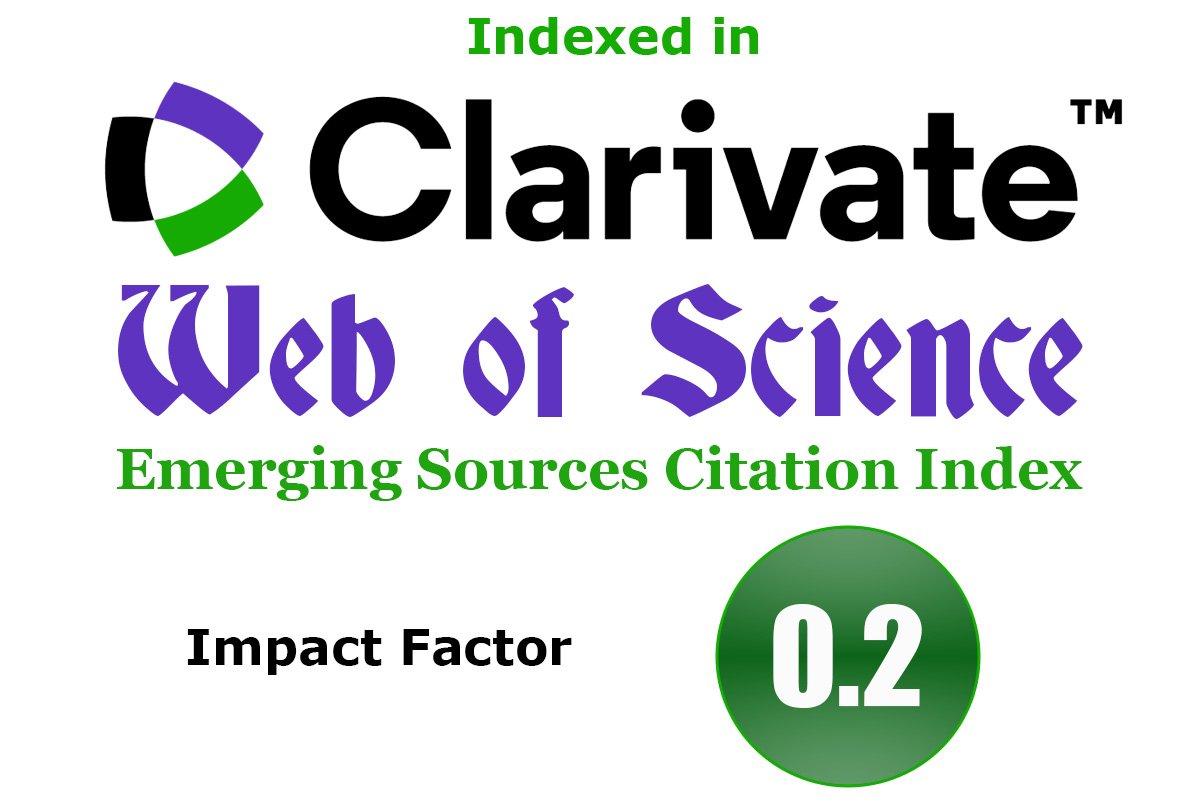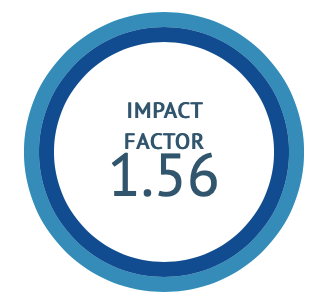A Gastro Retentive Drug Delivery System of Perindopril using Natural Polymer – Development and Optimization
DOI:
https://doi.org/10.47552/ijam.v16iS2.6170Keywords:
Gastroretentive Drug Delivery System, Perindopril, Hypertension, FTIR, DSCAbstract
Gastro retentive floating matrix tablet provides drug delivery at the controlled rate, improve bioavailability and prolong the retention of dosage forms in gastrointestinal tract. Okra gum, a mucilage-rich extract derived from the okra plant (Abelmoschus esculentus), holds significant value in both Ayurvedic medicine and modern pharmaceutical sciences. Knowing the importance of Okra gum, aim of present investigation is to develop gastro retentive floating matrix tablet of Perindopril using Avicel pH 102 as a directly compressible material; Citric acid for production of acidic microenvironment and sodium-bi-Carbonate as gas generating agent. Pre-compression parameters of powdered blend as well as prepared batches were studied and found within the range. FTIR of physical mixture (Perindopril, Okra gum and HPMCK4M) suggesting no incompatibility. Formulation batch F8floated, and remained buoyant without disintegration with swelling index value 42.32%, releasedPerindopril 92.92% about 12 hours might be due to combine use of HPMC K4M & Okra gum; showed higher correlation coefficient (r2-value) followed Korsmeyer Peppas release kinetics. DSC thermogram of F8 confirms uniform dispersion of drug in an amorphous form as endothermic peak was below 126.00. No significant changes in physiochemical properties, drug release profile as well as drug content of optimized F8 batch when subjected to stability at 40± 20temperature with relative humidity 75±5% for three monthsindicating there was no degradation and change in the matrix system.
Downloads
Published
How to Cite
Issue
Section
License
Copyright (c) 2025 International Journal of Ayurvedic Medicine

This work is licensed under a Creative Commons Attribution-NonCommercial-ShareAlike 4.0 International License.
The author hereby transfers, assigns, or conveys all copyright ownership to the International Journal of Ayurvedic Medicine (IJAM). By this transfer, the article becomes the property of the IJAM and may not be published elsewhere without written permission from the IJAM.
This transfer of copyright also implies transfer of rights for printed, electronic, microfilm, and facsimile publication. No royalty or other monetary compensation will be received for transferring the copyright of the article to the IJAM.
The IJAM, in turn, grants each author the right to republish the article in any book for which he or she is the author or editor, without paying royalties to the IJAM, subject to the express conditions that (a) the author notify IJAM in advance in writing of this republication and (b) a credit line attributes the original publication to IJAM.





